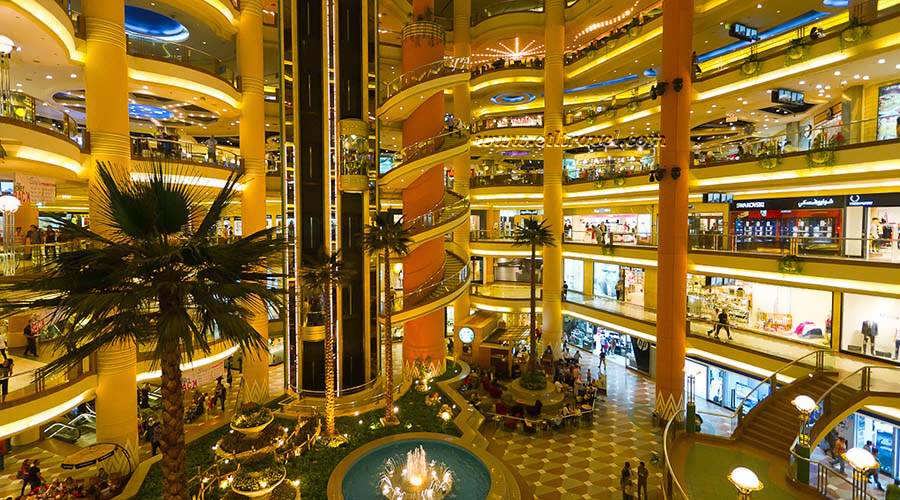With very few people, and a lot of forests and coastline, the US state of Maine, in the northeast corner of the country, is mostly known as a haven for year-round outdoor pursuits such as camping, skiing and sailing. But the city of Portland has also earned recognition as a cultural destination itself, not longer just an interesting stop on the drive up to Acadia National Park. There is plenty to do in Portland that does not require all-weather gear from L.L. Bean.
The Old Port is the core of Portland’s historic district. The red brick buildings and cobblestone streets, combined with views of the port and harbor, are reminiscent of Boston. Many of the shops in the Old Port feature Maine-made design shops and hippie-inspired clothing. Mexicali Blues sells flowing shirts and dresses imported from India. Pottery handmade by local artists is everywhere.
It is rare for such a small city to have a world-class museum of fine arts, such as the Portland Museum of Art. The permanent exhibit of Winslow Homer, who lived on Prouts Neck peninsula in neighboring Scarborough, is an extensive collection of American Realism. Homer's oil paintings depict realistic scenes of nature, with many of his subjects taken from the local area.
David’s restaurant in Monument Square, located in the Arts District, has a creative menu considered one of Portland's best. Start with the chili-balsamic fried calamari, followed by skewers of Gulf shrimp and day-boat scallops cooked with citrus, parsley and truffle oil, or steak and lobster pizza with creme brulee flavored with Maine maple syrup to finish.
Just below the Old Port, Commercial Street is one of the main arteries of the city; from there wharves and piers jut out into the harbor. Some of the wharves are more industrial-looking, others are used by fishing boats, and others cater to tourists. In New York, the street vendors sell hot dogs and pretzels; in Portland, you will find lobster rolls.
Becky’s Diner on Commercial Street is an unassuming building in the port’s dockyard area surrounded by parking lots. With retro red and chrome spinning stools at the counter and plush booths, it is a classic American diner with friendly staff serving up cooked breakfasts, hamburgers, milkshakes, pies and local specialties such as Maine fried clams and lobster salad.
Access to the many islands in Portland Harbor is not limited to those with private boats. For US$10 roundtrip, Casco Bay Lines ferries leave from the Portland for seven different island destinations. The dock at Diamond Cove on Great Diamond Island is a five-minute walk to the restaurant Diamond’s Edge, which is located in an old army barracks. Definitely make a reservation; if it is full, there are no alternate options on the island.
The Portland Head Lighthouse south of the city is a local icon. The downstairs area of the former lighthouse master’s house has been converted into a museum that documents the history of Portland and the important role lighthouses have played in the maritime navigation of Maine’s rocky coastline.
Just south of Portland on Route 77 and near the Portland Head Lighthouse, the Good Table Restaurant has been a Cape Elizabeth institution for 25 years. The menu changes seasonally, as it is sourced by local farmers. Breakfast and brunch are popular there. It is easy in Portland to have lobster for every meal of the day if you begin with the lobster eggs Benedict for breakfast. Or you can stick to old-fashioned options, like corned beef hash with a fried egg on top.
The most traditional (and cheapest) way to eat lobster in Maine is to cook it yourself. You can buy live lobsters by the pound from the Harbor Fish Market on Custom House Wharf. They also ship seafood and live lobsters domestically. During the summer and fall, local farm stands are on the sides of the roads, selling produce directly from small farms.
Of course, it is worth exploring Maine’s thousands of islands and heavily forested interior, but don’t overlook the art, history and food that Portland has to offer.




